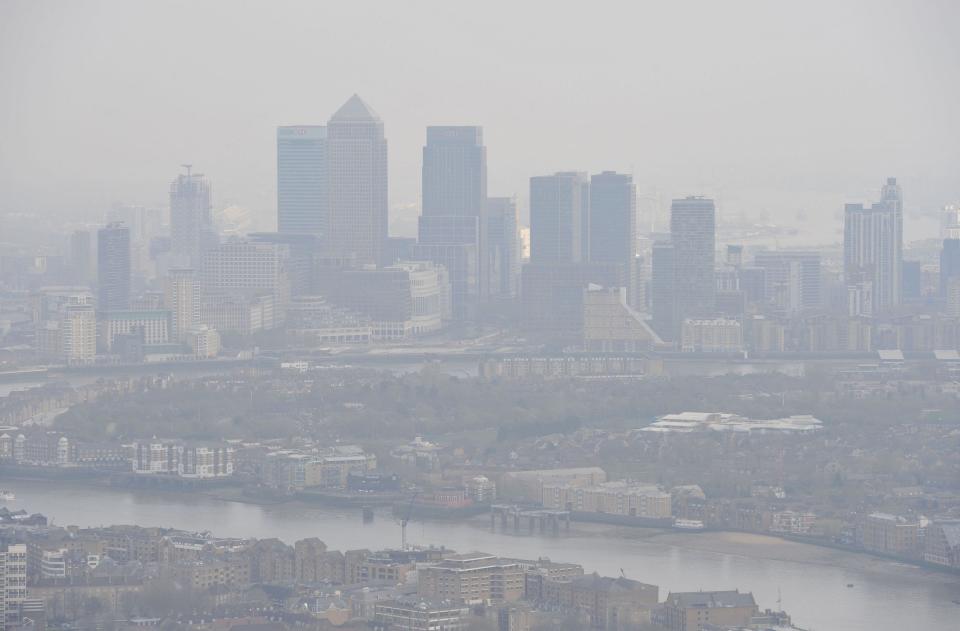Air quality monitors in hospitals will warn patients and staff about pollution
Hospitals including Great Ormond Street and St Bartholomew’s are to be supplied with air quality monitors to warn patients and staff about toxic air alerts.
About a third of London’s 2,200 healthcare facilities are in areas where average levels of nitrogen dioxide exceed legal limits.
The monitors will initially be installed in 10 hospitals. They will also gather data about the effect of the ultra low emission zone, which launches in central London on April 8. The Ulez will charge the most polluting petrol and diesel vehicles from £12.50 a day to enter the congestion charge zone. It is due to be extended to the North and South Circular roads by October 2021.
Today’s initiative follows the launch of a pilot scheme fitting air monitors to the backpacks of school children. A total of 100 monitors, including some in cars, will gather data under the Breathe London project. They will give real-time information, enabling patients to be directed away from entrances where pollution is worst. “No idling” rules could be introduced for drivers.
Great Ormond Street children’s hospital in Bloomsbury and St Bartholomew’s, a specialist heart and cancer hospital in Smithfield, are in the Ulez zone and should see air quality improve as polluting vehicles are deterred by the 24/7 levy. Other hospitals in the pilot include the Royal London, the Royal Free, Newham hospital and Whipps Cross. Two other hospitals in the Ulez zone taking part are Guy’s at London Bridge and St Thomas’ in Lambeth.
Air pollution exacerbates lung conditions and increases the risk of cardiovascular disease and stroke. Children and the elderly are most at risk.
A 2017 study by King’s College London and the UK Health Alliance on Climate Change found average levels of nitrogen dioxide exceed legal limits in 596 of 995 health facilities in inner London and in 130 of 1,244 in outer London. Mayor Sadiq Khan said: “I am working with London’s leading hospitals to install air pollution monitors and help find new ways to reduce pollution and protect patients.”
Gosh chief executive Matthew Shaw said: “As a specialist children’s hospital, we see a number of patients in our hospital who are impacted by air quality.
“The ability to get real time air quality data will mean patients and staff will be able to make informed decisions about how they can help reduce their exposure to poor quality air.”

 Yahoo News
Yahoo News 

